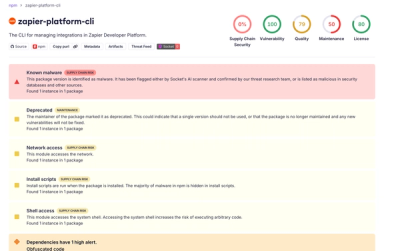███████╗ ██████╗ ███╗ ██╗ ████████╗ ██████╗ ███████╗ ███╗ ███╗
██╔═════╝ ██╔═══██╗ ████╗ ██║ ██╔═════╝ ██╔═══██╗ ██╔═══██╗ ████████║
██║ ██║ ██║ ██╔██╗██║ ███████╗ ██║ ██║ ███████╔╝ ██╔██╔██║
██║ ██║ ██║ ██║╚████║ ██╔════╝ ██║ ██║ ██╔═══██╗ ██║╚═╝██║
╚███████╗ ╚██████╔╝ ██║ ╚███║ ██║ ╚██████╔╝ ██║ ██║ ██║ ██║
╚══════╝ ╚═════╝ ╚═╝ ╚══╝ ╚═╝ ╚═════╝ ╚═╝ ╚═╝ ╚═╝ ╚═╝
Version 1.13.3 / License MIT / Copyright (c) 2025 Edmund Hung
Progressively enhance HTML forms with React. Build resilient, type-safe forms with no hassle using web standards.
Getting Started
Check out the overview and tutorial at our website https://conform.guide
Features
- Full type safety with schema field inference
- Standard Schema support with enhanced Zod and Valibot integration
- Progressive enhancement first design with built-in accessibility features
- Native Server Actions support for Remix and Next.js
- Built on web standards for flexible composition with other tools
Documentation
Support
To report a bug, please open an issue on the repository at https://github.com/edmundhung/conform. For feature requests and questions, you can post them in the Discussions section.



